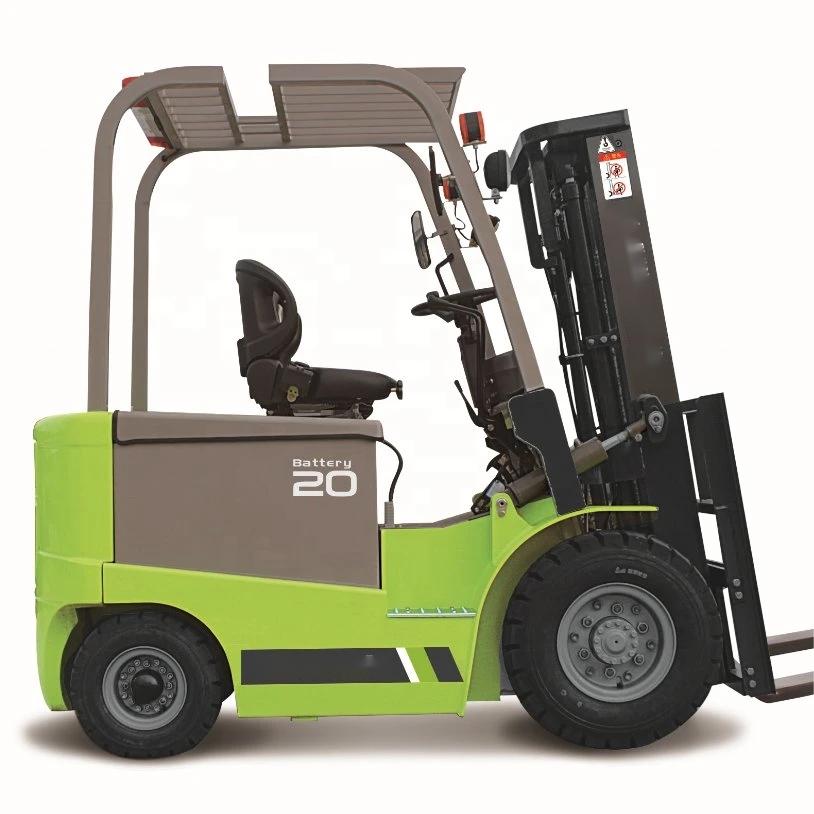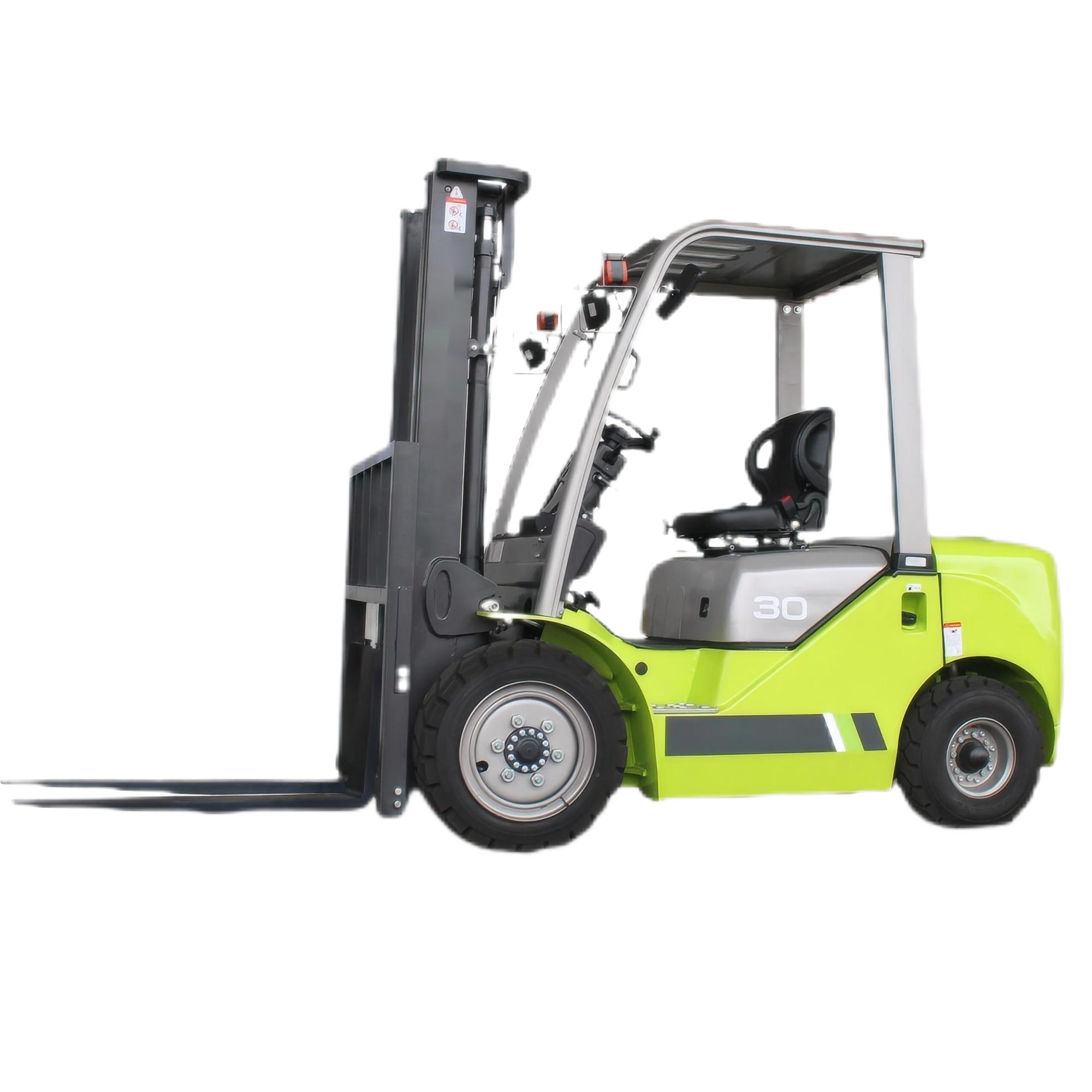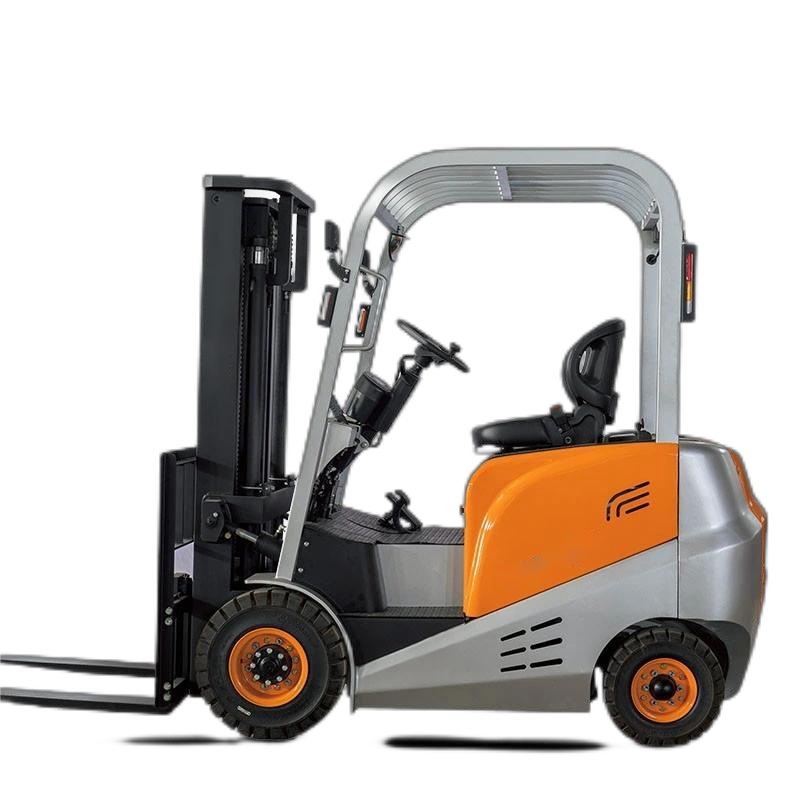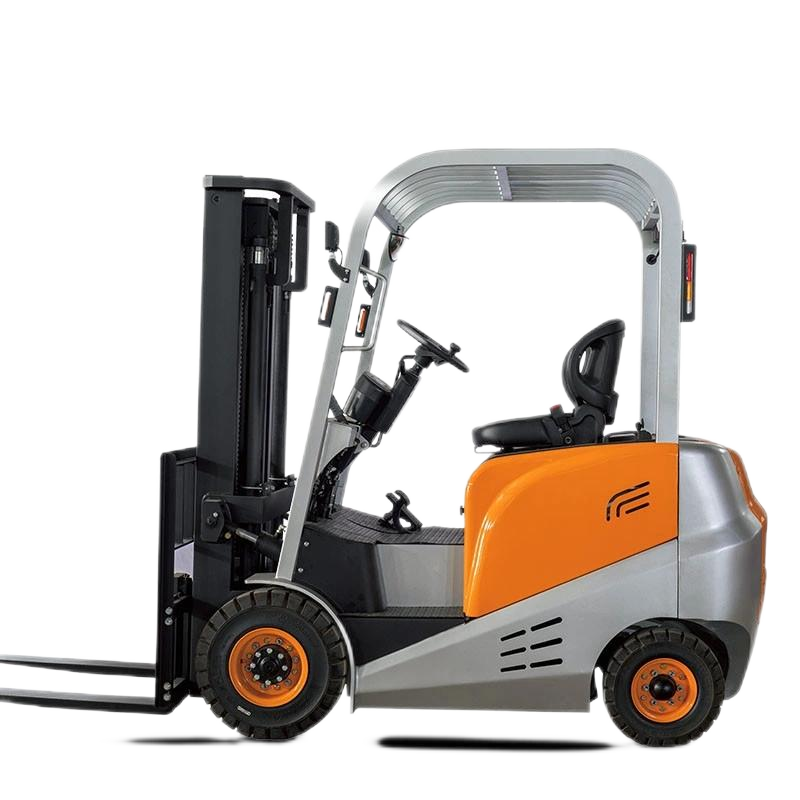(1) Clarify Core Requirement Parameters

- Load Capacity and Lifting Height: Select based on cargo weight (1.5-10 tons) and stacking height (3-12 meters). Note the impact of the load center distance on actual load-bearing capacity (e.g., the load center distance for a 1.5-ton forklift is typically 500mm);
- Operation Scenarios: Choose reach/warehouse types for indoor narrow aisles, counterbalance types for outdoor heavy-duty use, and customized models for low-temperature/explosion-proof scenarios;
- Battery Life Requirements: Opt for lithium batteries (support fast charging) for daily operations exceeding 8 hours. For light-duty, short-duration tasks, consider lead-acid batteries (30% lower cost).
(2) Focus on Core Component Configurations
- Motor Type: AC motors are 15% more efficient and easier to maintain than DC motors—prioritize these;
- Battery Technology: Lithium iron phosphate batteries are preferred for lithium models (longer lifespan, higher safety). Confirm support for battery swapping/fast charging;
- Control System: Standard features include ABS anti-lock and anti-rollback functions. High-end models can be equipped with automatic obstacle avoidance and path planning systems.
(3) Comprehensive Consideration of Service and Costs
- Full Lifecycle Cost: Calculate 5-year usage costs (including battery replacement, maintenance, and energy consumption). Lithium battery models are initially 20% more expensive but offer 30% lower full lifecycle costs;
- Compliance Certification: Exports require CE and ETL certifications. Explosion-proof scenarios need ATEX/IECEx certifications to ensure compliance with target market regulations.
Conclusion: Electric Forklifts Usher in the "Carbon Neutral" Era of Logistics Handling
From "replacing internal combustion forklifts" to "defining future handling standards," electric forklifts are becoming a key driver for low-carbon transformation in industry, leveraging core advantages of environmental friendliness, high efficiency, and intelligence. With continuous technological breakthroughs (e.g., hydrogen-electric hybrid pilot projects) and the release of policy dividends (e.g., EU Stage V emission standards), their market penetration will accelerate. For enterprises, choosing electric forklifts is not just a tool upgrade for cost reduction and efficiency improvement but also a strategic decision to fulfill social responsibility and seize green competitive advantages. Driven by the "dual carbon" goals, this revolution starting with power systems will ultimately reshape the entire industrial handling ecosystem.
From "replacing internal combustion forklifts" to "defining future handling standards," electric forklifts are becoming a key driver for low-carbon transformation in industry, leveraging core advantages of environmental friendliness, high efficiency, and intelligence. With continuous technological breakthroughs (e.g., hydrogen-electric hybrid pilot projects) and the release of policy dividends (e.g., EU Stage V emission standards), their market penetration will accelerate. For enterprises, choosing electric forklifts is not just a tool upgrade for cost reduction and efficiency improvement but also a strategic decision to fulfill social responsibility and seize green competitive advantages. Driven by the "dual carbon" goals, this revolution starting with power systems will ultimately reshape the entire industrial handling ecosystem.








